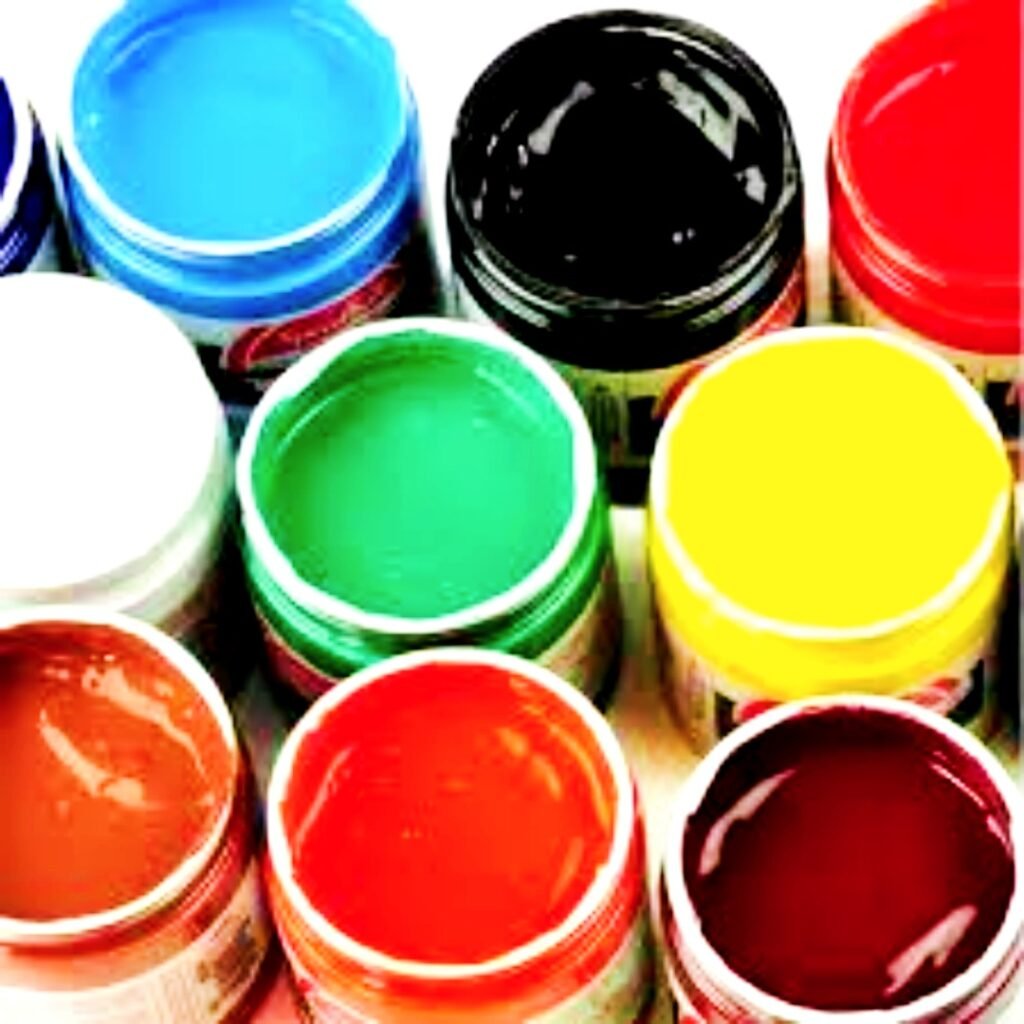Discover how emulsion impacts screen printing exposure. Learn 7 essential factors, including emulsion type, to achieve professional results.
How Long Should I Expose My Screen for Screen Printing?
When it comes to screen printing, the exposure process is one of the most important steps in ensuring your design transfers properly onto the material. Correct exposure time is crucial. If the exposure is too short, your image won’t develop clearly, while overexposure can ruin the stencil, making the process ineffective. Striking the right balance is key to achieving sharp, clear results.
The ideal exposure time for your screen depends on several factors, such as the mesh count of the screen, the type of emulsion you’re using, and the strength of your light source. Typically, exposure times range from 1 to 10 minutes. Stronger light sources combined with higher mesh counts often require shorter exposure times, while weaker lights or coarser meshes demand longer durations.
To ensure precision, experimentation is important. Using a screen exposure calculator can simplify this process, helping you determine the optimal exposure time for your unique setup.
Can You Overexpose a Screen Print?
Yes, overexposing a screen print is possible, and it’s a common issue for both beginners and experienced printers. Overexposure occurs when the emulsion on the screen is exposed to light for too long. This causes the emulsion to harden excessively, making it difficult to wash out the unexposed areas of the screen. As a result, the stencil gets blocked, and your design won’t transfer as intended.
Signs of overexposure include:
- Difficulty washing out the stencil: Unexposed areas may harden, making it nearly impossible to clean them.
- Blocked mesh: The screen becomes clogged, preventing ink from passing through.
- Loss of design details: Fine details in your artwork may become blurred or lost completely.
To avoid overexposure, carefully monitor your exposure time and adjust it as necessary. Using a screen exposure calculator can help you find the ideal balance for your setup.
How Do You Calculate Exposure Time?
Calculating the correct exposure time for your screen involves considering a variety of variables. While trial and error plays a role initially, a screen exposure calculator can help you make precise adjustments and streamline your process. Here’s how to approach it:
- Mesh Count: Screens with higher mesh counts require longer exposure times because the finer mesh creates more surface area that needs exposure. Conversely, lower mesh counts may need shorter exposure times.
- Emulsion Type: The sensitivity of your emulsion to light is critical. Some emulsions require shorter exposure times, while others are more resistant to light and need longer periods. Always refer to the manufacturer’s guidelines for your specific emulsion.
- Light Source Strength: The power and distance of your light source significantly impact exposure times. Stronger lights (e.g., halogen or LED exposure units) require shorter times, while weaker lights (e.g., fluorescent bulbs) need longer exposure durations.
- Testing Method: Using a test strip or wedge is an effective way to determine the correct exposure time. A test strip involves exposing different sections of your screen to varying times. After washing out the screen, identify the section where the design is clearest—this will reveal your ideal exposure time.
By combining these factors and using a screen exposure calculator, you can optimize your exposure process for consistent, high-quality results.
How Do I Know if My Screen is Properly Exposed?
Ensuring your screen is properly exposed is essential for achieving a clean and precise stencil. Here’s how to verify that your exposure time is correct:
- Test Washout: After exposing the screen, gently rinse it with water. The unexposed areas should wash out easily, leaving behind a sharp, intact stencil. If the emulsion doesn’t wash out properly, it may be overexposed. If it washes out too easily or feels soft, it may be underexposed.
- Stencil Clarity: A properly exposed screen will produce a clear, crisp design. Blurred or fuzzy edges may indicate incorrect exposure.
- Ink Flow Check: Once you start printing, observe how the ink passes through the screen. Proper exposure ensures smooth ink flow without blockages or excessive bleeding.
These steps will help you determine whether your screen was exposed correctly. If issues arise, adjust your exposure time and re-test.
Symptoms of Overexposure
Overexposure occurs when the emulsion is exposed to light for too long, causing it to harden excessively. This results in several problems, such as:
- Blocked Mesh: The emulsion becomes so hard that even the unexposed areas don’t wash out correctly, preventing ink from passing through.
- Stencil Loss: Fine details in your design may be lost, resulting in poor-quality prints.
- Hard-to-Remove Stencil: Overexposed areas may become too rigid, making it difficult to clean or reuse the screen.
To prevent overexposure, lower your exposure time or adjust your light source’s intensity. Testing with small sections of the screen can help you pinpoint the best exposure time.
Symptoms of Underexposure
Underexposure happens when the emulsion doesn’t receive enough light to harden properly. This can lead to:
- Blurry Stencil: The design may appear incomplete or unclear due to insufficient emulsion hardening.
- Excessive Ink Flow: Ink may bleed through areas that weren’t properly exposed, resulting in blotchy or messy prints.
- Stencil Breakdown: The emulsion may remain soft and break down quickly during the rinsing or printing process.
If you notice these issues, increase your exposure time and re-test. Adjusting the distance or strength of your light source may also be necessary.
Why Use a Screen Exposure Calculator?
A screen exposure calculator is an invaluable tool for screen printers, offering a precise way to determine the optimal exposure time for your setup. These calculators take into account key factors like light source strength, emulsion type, and mesh count to provide accurate recommendations.
Using a calculator eliminates much of the guesswork, saving you time and reducing wasted materials. By fine-tuning your exposure time, you can consistently produce sharp, professional-grade prints.

Final Thoughts
Screen exposure is one of the most critical steps in screen printing. Proper exposure ensures that your design transfers clearly and that your stencil remains durable for multiple uses. By understanding how to calculate and control exposure time, you can avoid common issues like overexposure and underexposure.
Using tools like a screen exposure calculator can simplify this process and help you refine your technique. Whether you’re a beginner or a seasoned printer, investing time in perfecting your exposure process will result in high-quality, professional prints every time. Keep experimenting, monitor your results, and don’t forget to use the best tools for the job. With these steps in mind, your screen printing projects are sure to succeed!



